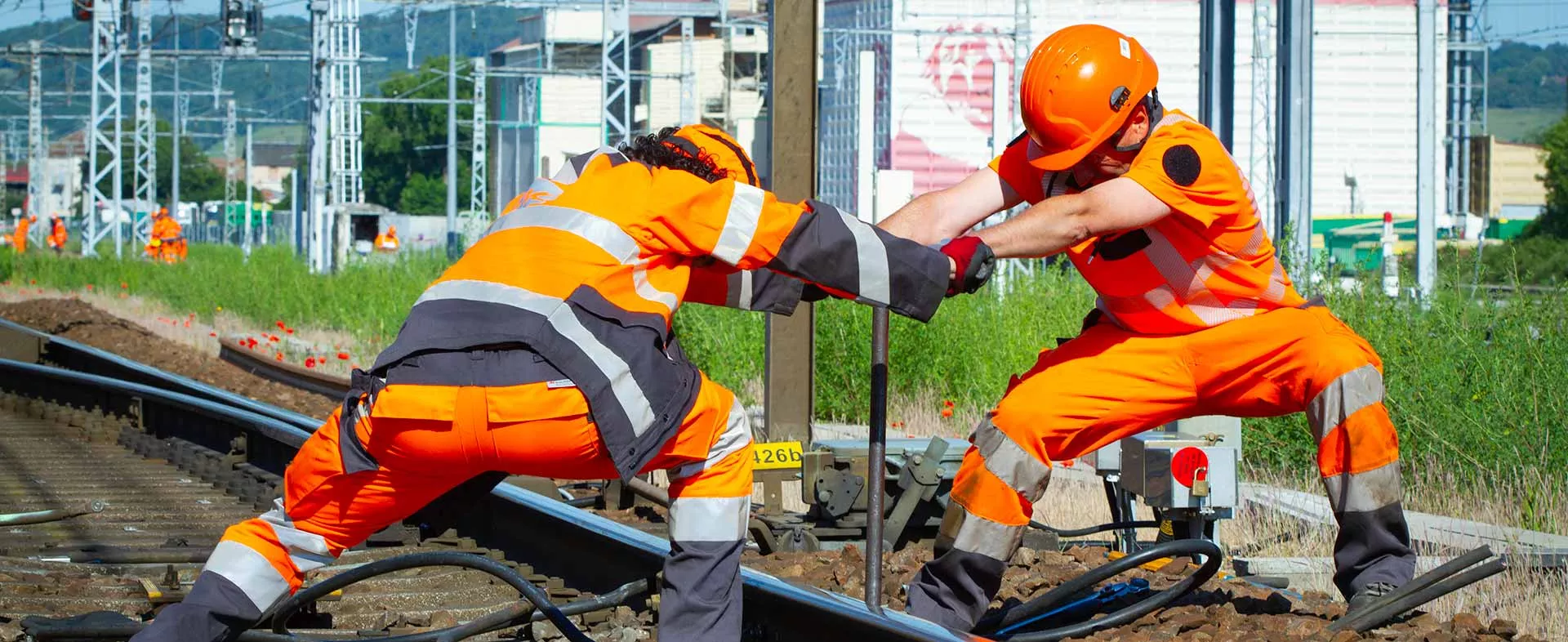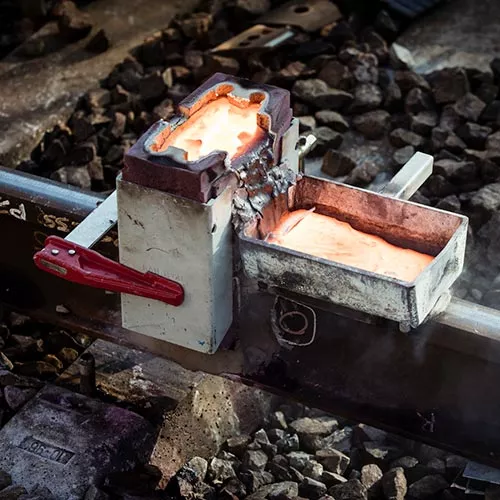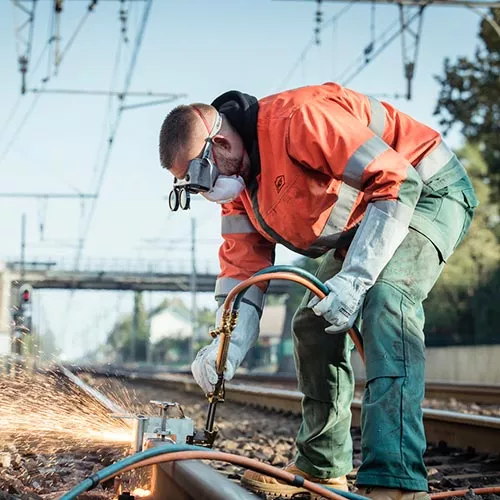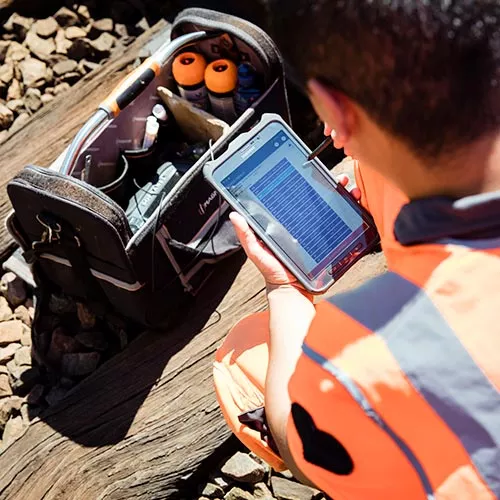
How we find and fix faulty rails
When we detect a faulty rail, we promptly suspend traffic so it can be repaired. We also routinely inspect and maintain our tracks to make sure our passengers and freight travel safely.

How do rails get damaged?
A combination of several factors can damage rails.
Problems related to the rail itself:
- A defect in the metal
- Wear from daily use by trains weighing dozens of tonnes and travelling over it at speeds of up to 320 km/h.
Deformation caused by weather variations:
- In hot weather, rails expand and lengthen
- In cold weather, rails contract and shorten
What are rails for?

How do faulty rails affect traffic?
When a driver or operator reports a faulty rail, we promptly suspend traffic in the affected sector and dispatch a specialized SNCF crew to repair it.
- If the faulty rail component needs replacing, the repair can take 2 to 3 hours. Whenever possible, we reroute traffic during repair work. This means your train is likely to experience a delay.
- If traffic is heavy and damage minor, our team performs a temporary repair. For safety reasons, trains operate at reduced speeds in the affected area. Again, this could impact your arrival time. The complete repair is conducted at nighttime to minimize disruptions to traffic.
Safety is our top priority

To ensure the safety of both passengers and freight, we conduct routine rail inspections. In fact, we use ultrasound technology to examine them as often as twice a month, depending on the line and train frequency.
Every six months, a specialized passenger-free train inspects the interior of the rails along all our lines to detect irregularities. In addition, we perform routine preventive maintenance using a “milling” train to correct rail heads. This rail miller shaves off up to 1 millimetre of steel, eliminating surface defects that can lead to fissures.
Lastly, we also perform large-scale replacement operations for extended track lengths—typically renewing several dozen kilometres at a time. These maintenance procedures help prolong rail lifespan and ensure optimal rail contact with our trains’ wheels.
Share the article